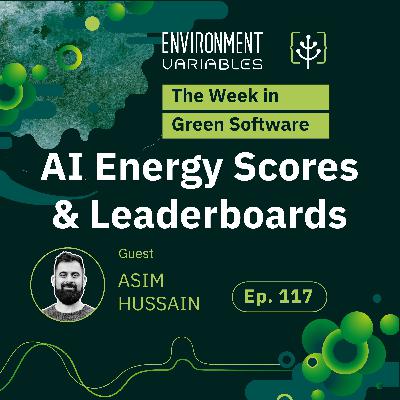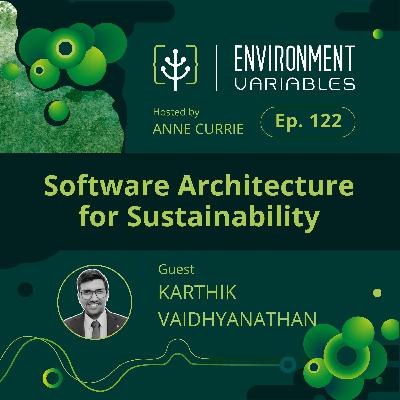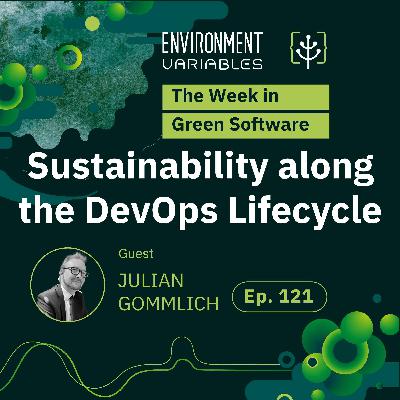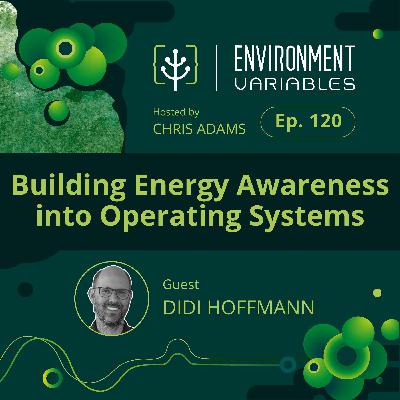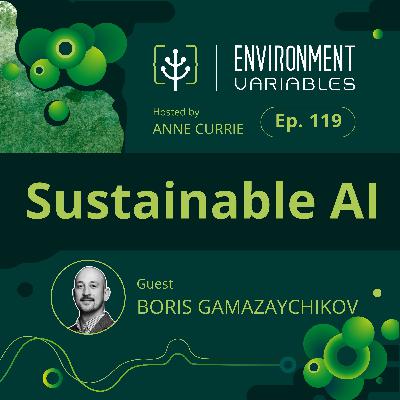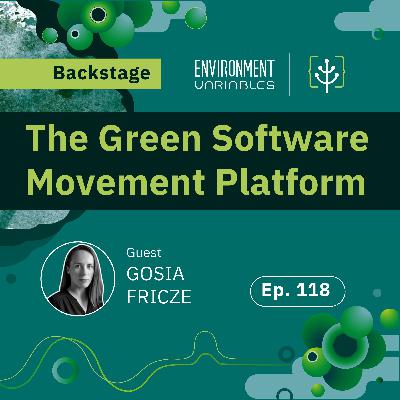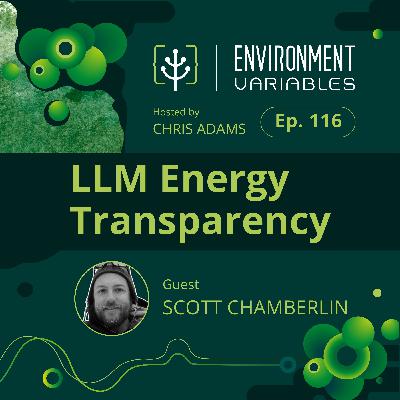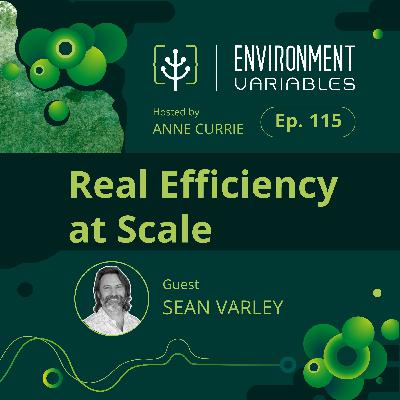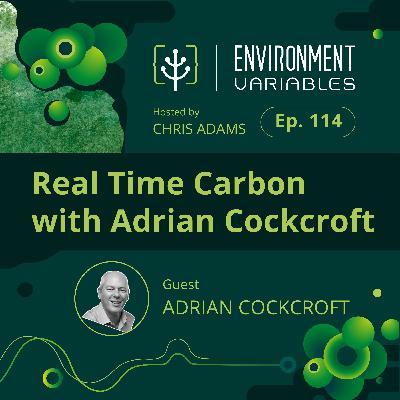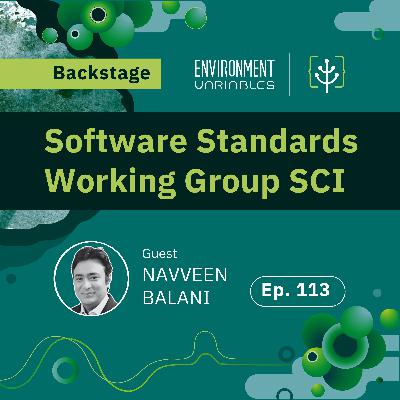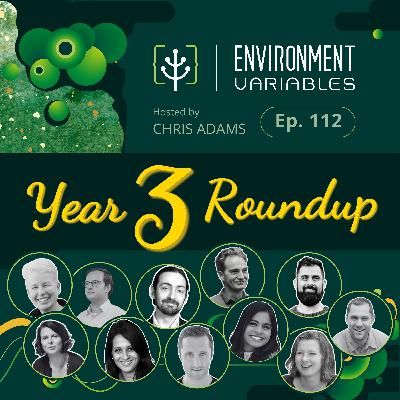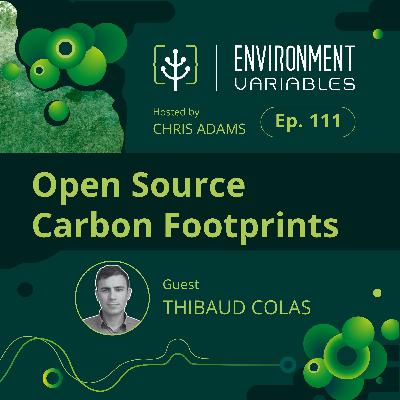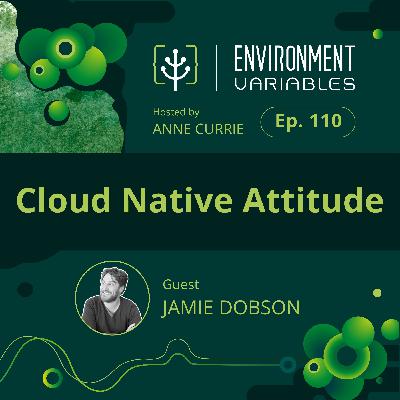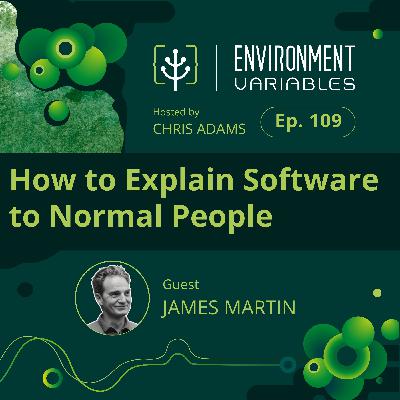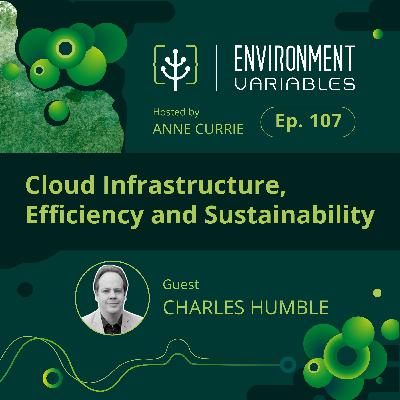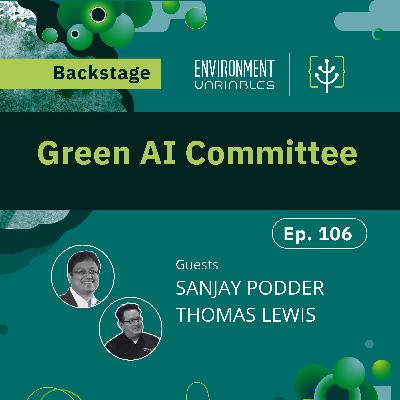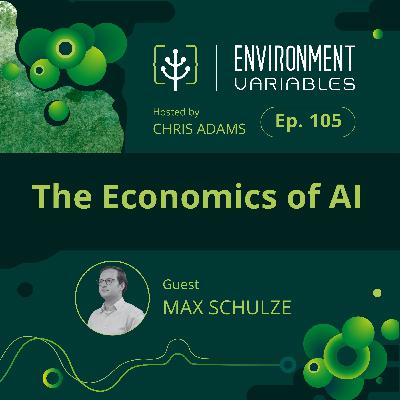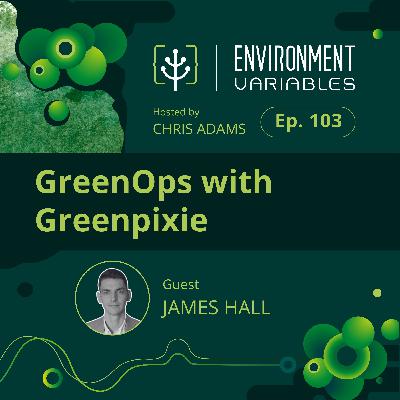The Week in Green Software: AI Energy Scores & Leaderboards
Update: 2025-08-21
Description
Host Chris Adams is joined by Asim Hussain to explore the latest news from The Week in Green Software. They look at Hugging Face’s AI energy tools, Mistral’s lifecycle analysis, and the push for better data disclosure in the pursuit for AI sustainability. They discuss how prompt design, context windows, and model choice impact emissions, as well as the role of emerging standards like the Software Carbon Intensity for AI, and new research on website energy use.
Learn more about our people:
Find out more about the GSF:
News:
- A Gift from Hugging Face on Earth Day: ChatUI-Energy Lets You See Your AI Chat’s Energy Impact Live [04:02 ]
- Our contribution to a global environmental standard for AI | Mistral AI [19:47 ]
- AI Energy Score Leaderboard - a Hugging Face Space by AIEnergyScore [30:42 ]
- Challenges Related to Approximating the Energy Consumption of a Website | IEEE [55:14 ]
- National Drought Group meets to address “nationally significant” water shortfall - GOV.UK
Resources:
- GitHub - huggingface/chat-ui: Open source codebase powering the HuggingChat app [07:47 ]
- General policy framework for the ecodesign of digital services version 2024 [29:37 ]
- Software Carbon Intensity (SCI) Specification Project | GSF [37:35 ]
- Neural scaling law - Wikipedia [45:26 ]
- Software Carbon Intensity for Artificial Intelligence | GSF [52:25 ]
Announcement:
- Green Software Movement | GSF [01:01:45 ]
If you enjoyed this episode then please either:
- Follow, rate, and review on Apple Podcasts
- Follow and rate on Spotify
- Watch our videos on The Green Software Foundation YouTube Channel!
- Connect with us on Twitter, Github and LinkedIn!
TRANSCRIPT BELOW:
Asim Hussain: ChatGPT, they're all like working towards a space of how do we build a tool where people can literally pour junk into it, and it will figure something out.
Whereas what we should be doing, is how do you use that context window very carefully. And it is like programming.
Chris Adams: Hello, and welcome to Environment Variables, brought to you by the Green Software Foundation. In each episode, we discuss the latest news and events surrounding green software. On our show, you can expect candid conversations with top experts in their field who have a passion for how to reduce the greenhouse gas emissions of software.
I'm your host, Chris Adams.
Hello and welcome to this week in Green Software where we look at the latest news in sustainable software development. I am joined once again by my friend and partner in crime or occasionally crimes, Asim Hussain, of the Green Software Foundation. My name is Chris Adams. I am the Director of Policy and Technology at the Green Web Foundation, no longer the executive director there,
and, as we've moved to a co-leadership model. And, Asim, really lovely to see you again, and I believe this is the first time we've been on a video podcast together, right?
Asim Hussain: Yeah. I have to put clothes on now, so, so that's,
Chris Adams: That raises all kinds of questions to how intimate our podcast discussions were before. Maybe they had a different meaning to you than they did to me, actually.
Asim Hussain: Maybe you didn't know I was naked, but anyway.
Chris Adams: No, and that makes it fine. That's what, that's what matters. I also have to say, this is the first time we get to, I like the kind of rocking the Galactus style headphones that you've got on here.
Asim Hussain: These are my, yeah, no, these are old ones that I posted recently. I actually repaired them. I got my soldering iron and I repaired the jack at the end there. So, I'm very proud of myself for having repaired. I had the right to repair. Chris. I had the right to repair it.
Chris Adams: Yeah. This is why policy matters.
Asim Hussain: I also have the capability.
Chris Adams: Good. So you can get, so, good on you for saving a bunch of embodied carbon and, how that's calculated is something we might touch on. So, yes. So if you are new to this podcast, my friends, we're just gonna be reviewing some of the news and stories that are kinda showed up on our respective radars as we work in our kind of corresponding roles in both the Green Software Foundation and the Green Web Foundation.
And hopefully this will be somewhat interesting or at least diverting to people as they wash their dishes whilst listening to us. So that's the plan. Asim, should I give you a chance to just briefly introduce what you do at the Green Software Foundation before I go into this?
'Cause I realized, I've just assumed that everyone knows who you are. And I know who you are, but maybe there's people who are listening for the first time, for example.
Asim Hussain: Oh yeah. So, yeah. So my name's Asim Hussain. I am a technologist by trade. I've been building software for several decades now. I formed the green software, yeah, Green Software Foundation, you know, four years ago. And, now I'm the executive director and I'm basically in charge of, yeah, just running the foundation and making sure we deliver against our vision of a future where software has zero harmful environmental impacts.
Chris Adams: That's a noble goal to be working for. And Asim, I wanted to check. How long is it now? Is it three years or four years? 'Cause we've been doing this a while.
Asim Hussain: We, yeah. So we just fin, well, four years was May, so yeah, four years. So next birthday's the fifth birthday.
Chris Adams: Wow. Time flies when
the world is burning, I suppose.
Alright, so anyway, as per usual, what we'll do, we share all the show notes and any links that we discuss or projects we discuss, we'll do our damnedest to make sure that they're available for anyone who wants to continue their quest and learning more about sustainability in the field of software.
And I suppose, Asim, it looks like you're sitting comfortably now. Should we start looking at some of the news stories?
Asim Hussain: Let's go for it.
Chris Adams: Alright. Okay. The first one we have, is a story from Hugging Face. This is actually a few months back, but it's one to be aware of if it missed you the first time. So, Hugging Face released a new tool called Chat UI Energy that essentially lets you see, the energy impact live from using a kind of chat session,
a bit like ChatGPT or something like that. Asim, I think we both had a chance to play around with this, and we'll share a link to the actual story around this as well as the actual repo that's online. What do you think of this? what's your immediate take when you see this and have a little poke around with this?
Asim Hussain: Well, it's good. I wanna make sure. It's a really nice addition to
Comments
In Channel

